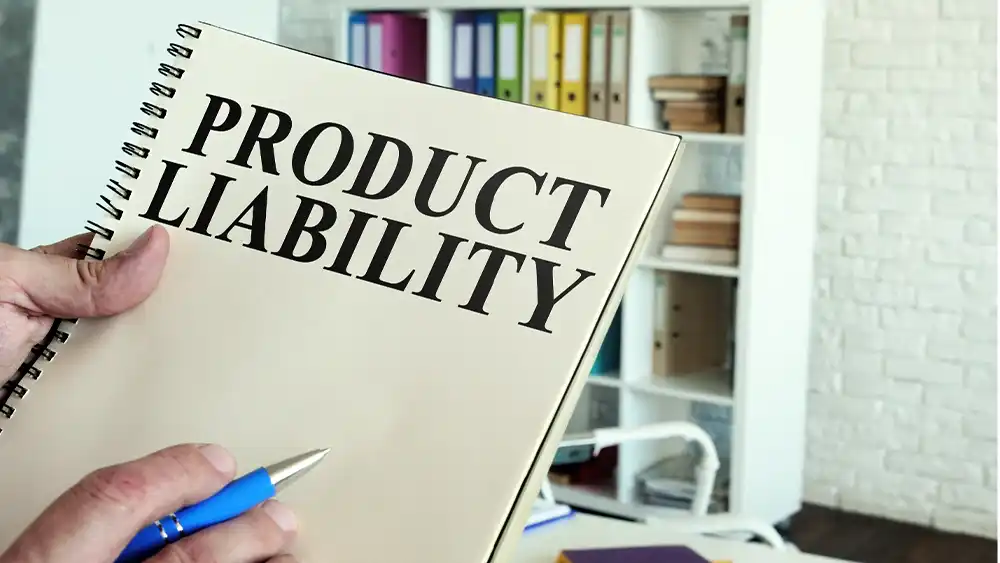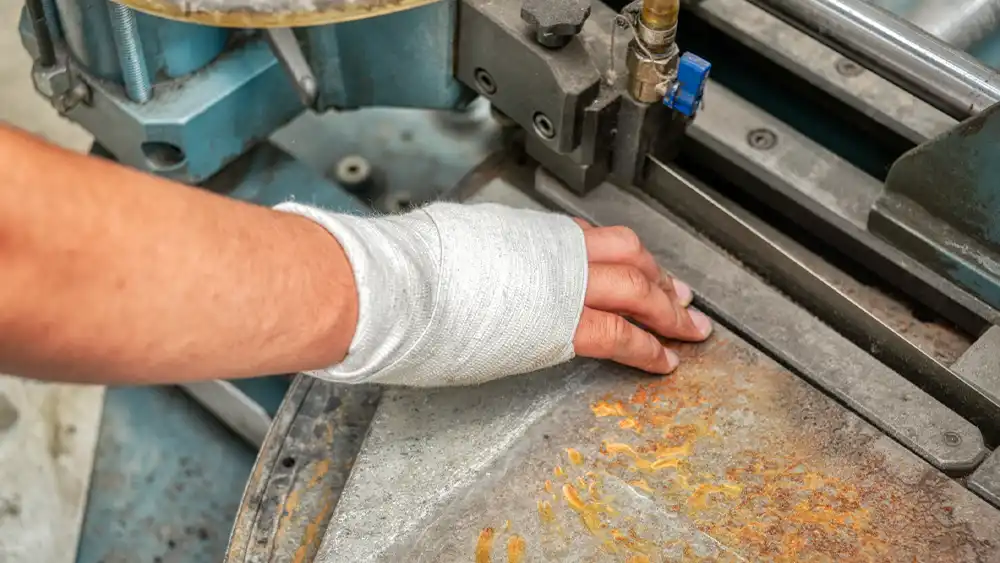Why Product Liability Can Be a Factor in Fatal Injury Cases

Defective products, from vehicle parts to medical devices can sometimes lead to tragic, untimely deaths. In wrongful death claims involving product liability, attorneys must prove flaws in design, manufacturing, or inadequate warnings. The process often includes holding manufacturers accountable under federal guidelines, such as those outlined by the consumer product safety commission (CPSC), which detail a company’s duty to report dangerous products. This article explores how legal teams build such cases, often targeting both manufacturers and individual defendants.
Understanding Product Liability in Fatal Injury Cases
1. Defining Product Liability
Product liability refers to the legal responsibility held by manufacturers, distributors, and retailers when a product causes harm or injury. In fatal injury cases, product liability becomes crucial as it can determine who is held accountable for a product defect that led to a tragic outcome. Understanding the nuances of product liability law is essential because it encompasses various theories of liability, including strict liability, negligence and breach of warranty. Each of these theories addresses different aspects of a product’s failure and the corresponding legal implications.
2. Types of Product Defects
For a product liability claim to be valid in a lawyer wrongful death case, the plaintiff must demonstrate that the product was defective. Defects can be categorized into three main types:
- Design Defects: These occur when the product’s design is inherently unsafe, making every unit produced potentially hazardous.
- Manufacturing Defects: These arise when an error occurs during the production process, resulting in a faulty product that deviates from its intended design.
- Marketing Defects: Also known as “failure to warn,” these defects involve insufficient instructions or warnings that fail to inform consumers about potential risks associated with using the product.
3. The Role of Causation in Claims
Establishing causation is a critical component in product liability cases, especially when a fatal injury is involved. The plaintiff must prove that the defect directly caused the injury or death. This often requires expert testimony and detailed analysis of how the product malfunctioned. Courts will consider whether the product was used as intended and whether any changes or misuse might have contributed to the incident. Successfully linking the defect to the injury establishes the foundation for liability.
How Product Defects Lead to Fatal Injuries

1. Design Flaws
Design flaws constitute one of the most critical aspects of product defects, leading to fatal injuries. When a product is inherently unsafe due to its design, the potential for harm is embedded from the outset. For instance, automobiles with poorly designed braking systems can lead to dangerous situations on the road. Such defects often arise when manufacturers prioritize cost-cutting over consumer safety, leading to devastating consequences. Addressing these flaws not only requires a thorough examination of the design process but also a commitment to innovation and consumer safety.
2. Manufacturing Defects
Manufacturing defects occur during the production phase and are not part of the product’s original design. These defects are often the result of issues in the assembly line, such as the use of substandard materials or lapses in quality control. For example, a batch of smartphones might be equipped with faulty batteries prone to overheating, posing a threat of burns or explosions. Identifying and rectifying manufacturing defects involves rigorous testing and stringent quality assurance measures, ensuring that each product meets safety standards before reaching consumers.
3. Insufficient Safety Warnings and Instructions
Even well-designed and properly manufactured products can pose risks if they lack adequate safety warnings and instructions. Consumers may misuse products or be unaware of potential hazards, which can lead to fatal accidents. For instance, a power tool without clear instructions on safe operation and necessary protective gear can lead to severe injuries. Manufacturers must ensure that all products come with comprehensive, easily understandable instructions and warnings to mitigate the risk of misuse and ensure consumer safety.
Final Thoughts
In navigating the complexities of fatal injury cases, understanding the impact of product liability is crucial. As you delve deeper into this legal landscape, recognizing how a lawyer wrongful death case strategies can highlight manufacturers’ responsibility helps illuminate paths to justice and compensation for victims and their families. By holding accountable those whose negligence results in preventable tragedies, you contribute to a safer marketplace and a more secure society.

news via inbox
Sign up and never miss out on the latest news and updates at HighStuff




